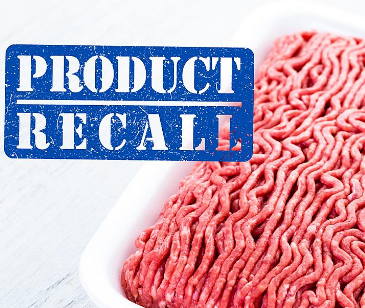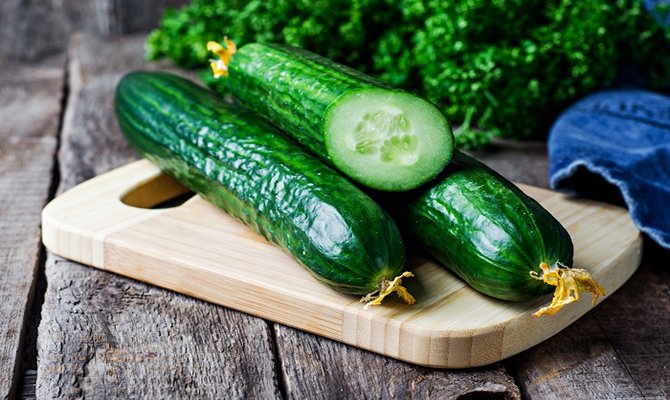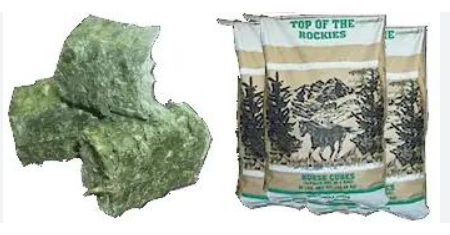The USDA/FSIS announced that Morasch Meats Inc. (Portland, Oregon) recalled ~3,930 pounds of raw frozen diced beef products that may be contaminated with E. coli O157:H7. The product is in 30-lb. box packages containing “BEEF DICED 3/10# BAGS,” with a date of 8/24/2022 on the case label. Each case contains three ten lb. vacuum-sealed, clear plastic bags of diced beef products. These items were shipped to distributor locations in Oregon for further distribution to restaurants and other institutional users. FSIS discovered the problem during a review of testing results, which showed the product tested positive for E. coli O157:H7. No illnesses were reported due to the consumption of these products. FSIS is concerned that some products may be in institutional or restaurant freezers. @ https://www.fsis.usda.gov/recalls-alerts/morasch-meats-inc–recalls-raw-frozen-diced-beef-products-due-possible-e–coli
ruth
Norway Health authorities suspect that Spanish cucumbers are the source of a salmonella outbreak in Norway. A statement released on December 20 by health authorities in Norway points to cucumbers produced by a Spanish company as the ‘most likely source’ of a salmonella outbreak.
There have been 72 cases in recent months, with 24 people hospitalized.
The outbreak began at the beginning of October and was terminated after the whole batch of cucumbers expired. The total number of people affected is probably over a hundred since the Swedish and Dutch authorities are also investigating dozens of cases of food poisoning caused by the same strain of Salmonella agona identified in Norway. Cases with the same outbreak strain have also been reported in Sweden and the Netherlands in the same period. According to the latest official count by the Swedish authorities, there were 26 cases detected. Genetic sequencing tests have confirmed the relationship between diagnoses made in the three countries. Sources from AESAN, the Spanish Agency for Food Safety and Nutrition, pointed out that “the information reported by Norway through the Rapid Alert System of the European Union (RASFF) is not conclusive or sufficiently verified.” Epidemiological investigations and the work of the Norwegian Food Safety Authority resulted in the conclusion that cucumbers imported from Spain caused the outbreak. @ https://euroweeklynews.com/2022/12/20/spanish-cucumbers-suspected-of-causing-salmonella-outbreak-in-norway/
A batch of Spanish cucumbers is suspected of causing a recent salmonella outbreak that occurred in Norway say the health authorities
ruth
The FDA reported that Manzanola Feeds voluntarily recalled lots of Top of the Rockies Alfalfa Cubes because the product could potentially be contaminated with Clostridium botulinum. The recalled product was distributed directly to the following states: AR, CO, IL, KS, LA, MO, NM, OK, TX, and WI. Further distribution may be possible. The recalled Top of the Rockies Alfalfa Cubes is approximately 1 inch cubes packaged in a 50 pound bag. There have been 45 horse deaths associated with this issue to date. @ https://www.fda.gov/safety/recalls-market-withdrawals-safety-alerts/manzanola-feeds-recalling-certain-lots-top-rockies-alfalfa-cubes-due-possible-clostridium-botulinum
Out of an abundance of caution Manzanola Feeds is voluntarily recalling certain lots of Top of the Rockies Alfalfa Cubes because it has the potential to be contaminated with Clostridium botulinum



